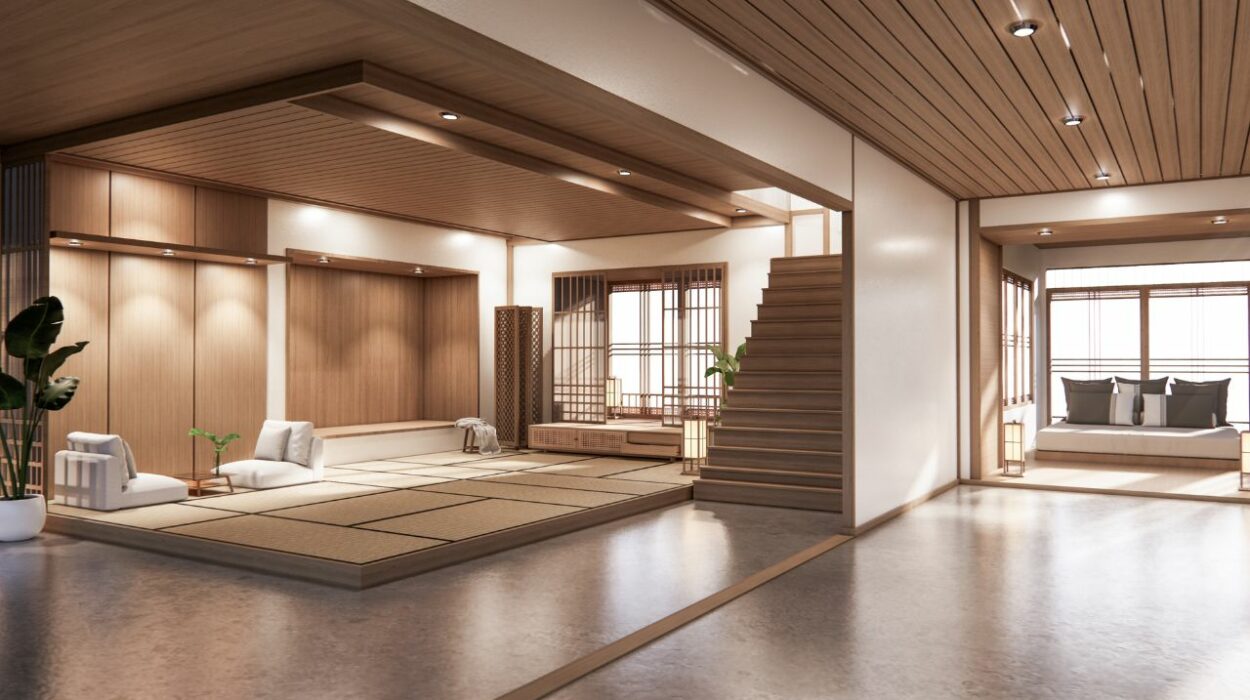When it comes to turning your house into your dream home, choosing the right interior designer is a crucial step. Interior designers bring your vision to life, balancing aesthetics, functionality, and your personal style. But with so many professionals in the market, finding the perfect match can feel overwhelming. This guide will walk you through every step of the process to ensure your home’s interior reflects your unique taste and needs.
Step 1: Define Your Style and Goals
Before you even start looking for an interior designer, it’s essential to define your style and goals. Ask yourself:
- What is the overall look you want to achieve? (e.g., modern, traditional, bohemian, minimalist)
- Which rooms or spaces do you want to redesign?
- What is your budget for the project?
Having a clear vision will help you communicate your expectations effectively and narrow down designers who align with your preferences.
Step 2: Research Interior Designers
Start by compiling a list of potential designers. Here’s how you can begin:
- Online Searches: Use platforms like Houzz, Pinterest, or Instagram to discover designers whose work you admire. Many designers showcase their portfolios online.
- Referrals: Ask friends, family, or colleagues for recommendations. Word-of-mouth is often a reliable source.
- Professional Directories: Check directories such as the American Society of Interior Designers (ASID) for certified professionals.
Step 3: Review Portfolios
Once you have a list of potential designers, dive into their portfolios. Look for:
- Projects that match your style and preferences.
- Versatility—can they work with different styles or are they limited to a specific aesthetic?
- Attention to detail and overall quality of their work.
A designer’s portfolio is a window into their expertise and creativity. Make sure their past projects resonate with your vision.
Step 4: Check Credentials and Experience
Not all interior designers have the same level of training or certification. While it’s not mandatory to hire a certified designer, credentials can give you confidence in their skills. Look for:
- Education in interior design or related fields.
- Membership in professional organizations like ASID, IIDA, or CIDQ.
- Years of experience and types of projects they have worked on.
Step 5: Schedule Consultations
Once you’ve shortlisted a few designers, arrange initial consultations. Many designers offer free or low-cost consultations. During the meeting:
- Share your vision, style preferences, and budget.
- Observe how well they listen and understand your needs.
- Ask about their process, timeline, and preferred materials.
This step is critical to determine if you have a good rapport and can build a working relationship.
Step 6: Discuss Budget and Fees
Interior design projects can range from a few hundred to several thousand dollars, depending on the scope. Be upfront about your budget during the consultation. Designers typically charge in one of the following ways:
- Flat Fee: A set amount for the entire project.
- Hourly Rate: Charges based on the hours spent on your project.
- Cost-Plus: A percentage markup on purchased materials and furnishings.
Ensure you understand how they bill and what’s included in their fees. A clear contract will prevent misunderstandings later.
Step 7: Evaluate Communication and Compatibility
Good communication is the cornerstone of a successful project. Ask yourself:
- Are they easy to reach via email or phone?
- Do they explain their ideas clearly and listen to your feedback?
- Are they open to collaboration, or do they impose their own style?
Compatibility is equally important. You’ll be working closely with this person, so mutual respect and understanding are vital.
Step 8: Request References and Reviews
Before making your final decision, ask for references from past clients. Reach out to them and ask:
- Were they satisfied with the designer’s work?
- Did the project stay within budget and timeline?
- How was the overall experience working with the designer?
Online reviews on platforms like Google, Yelp, or Houzz can also provide valuable insights.
Step 9: Review the Contract
Once you’ve chosen a designer, they will provide a contract outlining the terms of the project. Carefully review this document to ensure it includes:
- Scope of work
- Payment terms and schedule
- Project timeline
- Policies on changes or cancellations
If anything is unclear, don’t hesitate to ask for clarification before signing.
Step 10: Trust the Process
Once the project begins, trust your designer’s expertise. While it’s important to provide input, avoid micromanaging. A skilled interior designer will know how to balance your vision with practical design solutions.
Tips for a Smooth Collaboration
- Be Honest: Share your likes, dislikes, and must-haves upfront.
- Stay Open-Minded: Your designer might suggest ideas you hadn’t considered. Be willing to explore new possibilities.
- Communicate Regularly: Schedule check-ins to discuss progress and address any concerns.
- Be Patient: High-quality design takes time. Avoid rushing the process.
Also Read: The Top 3 Mental Health Counseling Techniques Explained
Final Thoughts
Choosing the right interior designer for your home is a significant decision, but with careful planning and research, you can find a professional who brings your vision to life. By defining your style, reviewing portfolios, and prioritizing communication, you’ll ensure a smooth and rewarding design journey. Your dream home is closer than you think!
